Tehran: History, Culture, Attractions & Geography
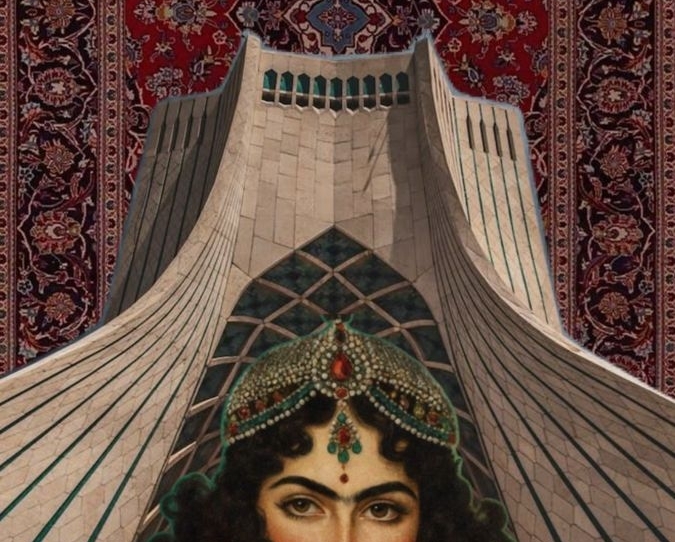
- maryam jafary
- 11 August 2025
- Iran
- 5 minutes
Tehran, the vibrant capital of Iran, is a city with a rich history, diverse culture, and an unmatched geographical significance. Over the centuries, this city has transformed from a small settlement to the bustling heart of Iran. Whether you’re interested in Tehran’s history, its tourist attractions, or the unique geography that shapes its character, this comprehensive guide will offer a deep dive into all things Tehran, including the city’s role in shaping Iranian culture.
In this blog, we’ll explore Tehran’s captivating journey through time, its geographical uniqueness, and why it should be on your travel radar as a top tourist destination in the Middle East.
Tehran Journey from a Small Town to Iran’s Capital
Tehran’s Rise to Power
Tehran is known for its rich history and cultural heritage, but its rise to the role of Iran’s capital is one of the most significant moments in its past. Before 1786, cities like Isfahan and Shiraz had served as the capitals of Iran. However, in 1786, Agha Mohammad Khan Qajar chose Tehran due to its strategic location. Situated at the southern foothills of the Alborz mountains, Tehran offered military advantages and security from potential invaders, particularly the Russian Empire. This positioning also allowed for easier communication and trade between northern and southern Iran, reinforcing Tehran’s importance in the nation’s infrastructure.
Tehran’s selection as the capital also reflected the larger vision for the nation. Over the years, the city became a major political and economic hub. In the late 19th century, during the reign of Naser al-Din Shah Qajar, Tehran experienced tremendous growth, with the establishment of new institutions such as educational centers and banks, which transformed Tehran into a modern metropolis.
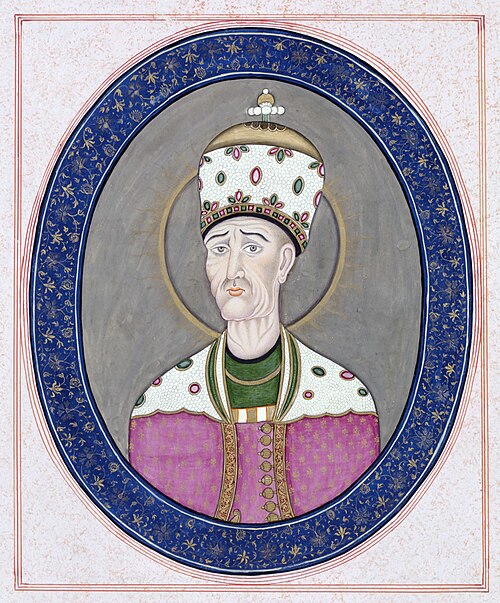
Portrait of the Shah of Iran, Agha Mohammad Khan, in the Victoria and Albert Museum, London
A Hub of Growth and Innovation
Tehran’s evolution didn’t stop with its selection as the capital. The city’s development flourished during the Qajar dynasty and continued into the Pahlavi era. The late 19th and early 20th centuries saw the construction of many modern buildings, institutions, and urban developments, shaping Tehran into the thriving city it is today. These developments laid the foundation for Tehran to become a cultural and intellectual center, influencing Iranian society on many levels.
Understanding Tehran’s Rich Historical and Cultural Landscape
Exploring Tehran’s Historical Significance
Tehran has deep historical roots that stretch back over 6,000 years. The city was once part of the ancient city of Rey, which suffered invasions from the Mongols, Turks, and Arabs. Despite these challenges, Tehran maintained its importance in the region. Archaeological evidence in the area speaks to the resilience of Tehran and its long-standing role in the history of Iran.
As a historical and cultural epicenter, Tehran has witnessed several key events that have shaped Iranian civilization. Its strategic location allowed it to evolve from a minor settlement into a powerful and influential urban center.
The Etymology of Tehran
The very name “Tehran” offers insights into its geographic and cultural significance. One popular theory behind the name “Tehran” comes from two Persian words: “Teh,” meaning “end,” and “Ran,” meaning “foothill.” This reflects Tehran’s geographical location at the southern foothills of the Alborz mountain range, where the city lies nestled between the towering peaks and the vast central plateau. This natural location not only offers breathtaking views but has also shaped the city’s climate and lifestyle.
Tehran’s Geography: A City Nestled Between Mountains and Desert
A Unique Geographical Location
Tehran’s geographical location is one of its defining features. Situated in the central part of Iran, it lies at the southern edge of the Alborz mountain range. This stunning position creates a dramatic landscape, where the towering mountains meet the vast expanse of desert plains. The combination of mountains and desert has helped define the city’s climate, with semi-arid conditions giving way to hot summers and cold winters. These unique features make Tehran stand out not just in terms of its weather but also its lifestyle and culture, which is closely tied to the surrounding natural environment.
Understanding Tehran’s Climate and Natural Features
Tehran is known for its varied climate, ranging from scorching summers to snowy winters. The higher elevations of the Alborz mountains receive significant snowfall during winter, while lower areas experience milder weather. This combination of weather patterns creates opportunities for both winter sports in the mountains and hiking trails during warmer months.
Tehran’s geographical position makes it a central hub for trade, culture, and political activity. The city’s location at the crossroads of important trade routes helped Tehran thrive as an economic powerhouse, further enhancing its status as the capital of Iran.
Tehran as a Cultural and Artistic Hub
Cultural Attractions in Tehran
Tehran offers a variety of cultural attractions that highlight its rich history and artistic heritage. These sites reflect Tehran’s evolution into a modern cultural metropolis. These landmarks are not only architectural wonders but also serve as symbols of Tehran’s rich cultural and historical heritage. Among the top landmarks in Tehran are:
Golestan Palace: A UNESCO World Heritage site, the palace symbolizes the Qajar dynasty’s power and grandeur. It offers a glimpse into Iran’s royal history, with beautiful gardens, architecture, and art collections.

Azadi Tower: Built to commemorate the 2,500th anniversary of the Persian Empire, Azadi Tower stands as a symbol of post-revolutionary Iran and is one of the city’s most recognizable landmarks.
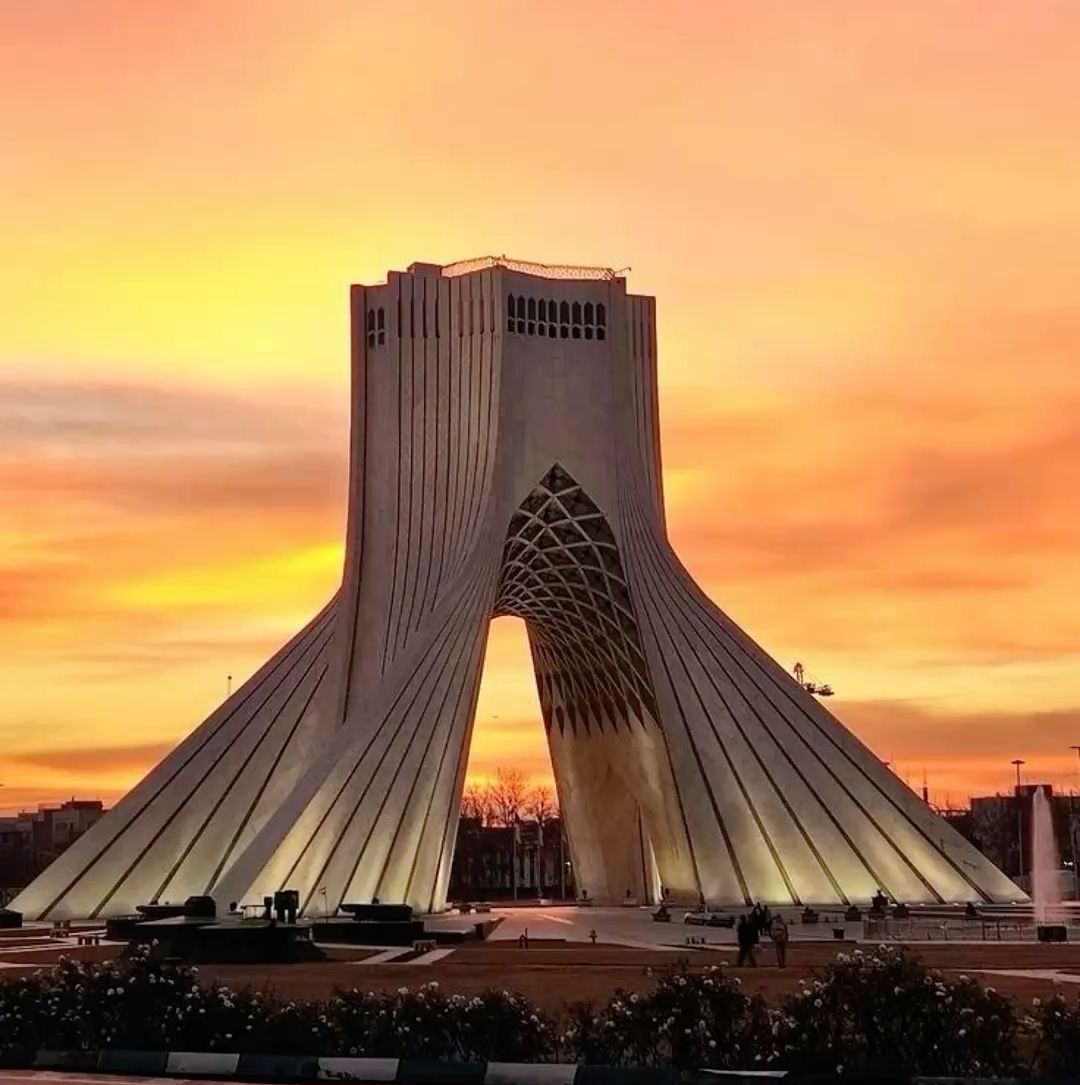
Milad Tower: Standing at 435 meters, Milad Tower is one of the tallest self-supporting towers in the world and offers stunning panoramic views of the city, making it a must-see for visitors.

Nature Bridge: A modern addition to Tehran’s landscape, this pedestrian bridge connects two parks and offers a serene escape from the bustling city life, providing a beautiful view of Tehran’s skyline and mountains.

Tehran’s Vibrant Arts Scene
Tehran is also a thriving center for art, literature, and music. The city is home to numerous art galleries, museums, and cultural festivals, where both Iranian and international artists showcase their work. The city hosts several art exhibitions and literary events throughout the year, allowing visitors to experience Tehran’s dynamic arts scene firsthand.
Tehran’s contribution to Persian literature is monumental, with many of Iran’s most renowned poets and writers having lived and worked in the city. The city is also a center for contemporary art, with galleries that display everything from traditional Persian artworks to modern installations.
Tehran’s cultural scene extends beyond galleries and museums. The city regularly hosts music performances, theater productions, and film screenings, making it a cultural hub for those interested in exploring Persian art and culture.
Conclusion
Tehran beautifully blends the old with the new. History, culture, and modernity coexist harmoniously. As the capital of Iran, it is also a hub for art, literature, and culture. The city has much to offer both domestic and international visitors. Explore the ancient Golestan Palace or enjoy the vibrant art scene. Take in the breathtaking views of the Alborz mountains. Tehran promises an unforgettable experience for all who visit.
As the heart of Persian culture, Tehran invites you to explore its past and present. For those looking to bring a piece of this rich heritage home, check out Persis Collection, the largest and most trusted online Persian shopping gallery, offering guaranteed worldwide delivery of authentic Persian goods.







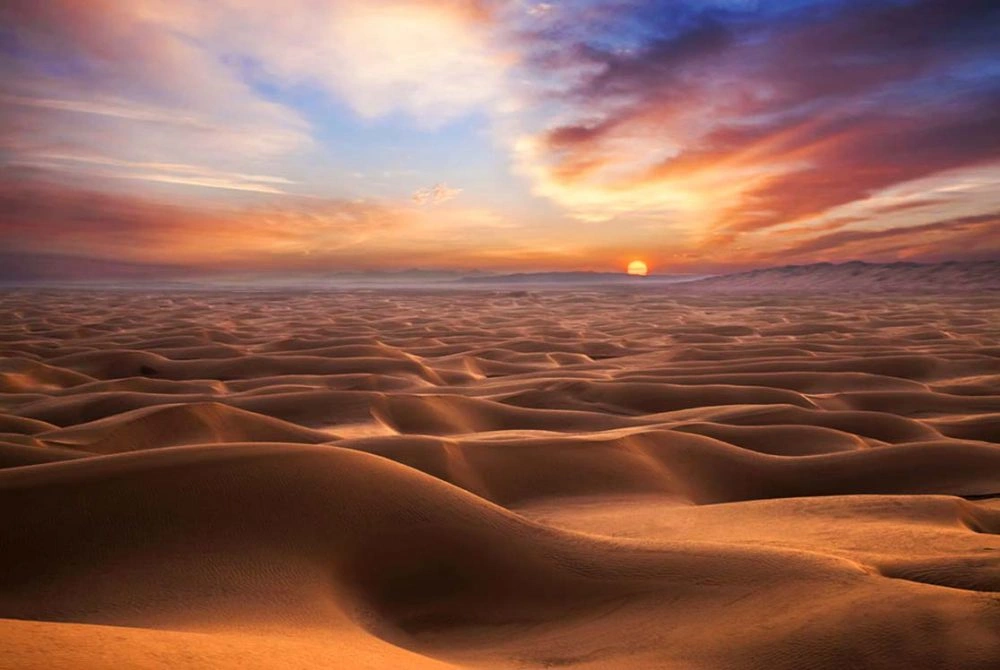
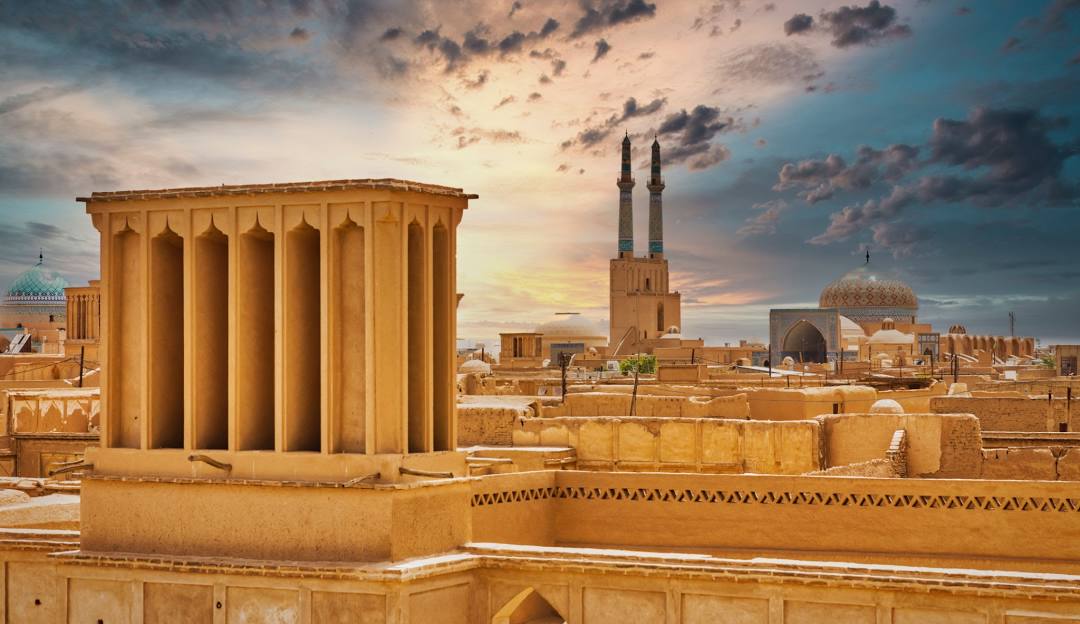

Comments